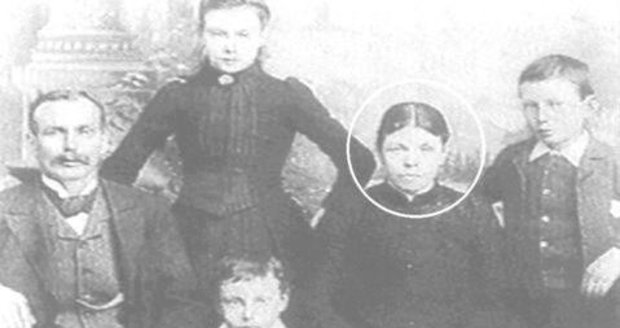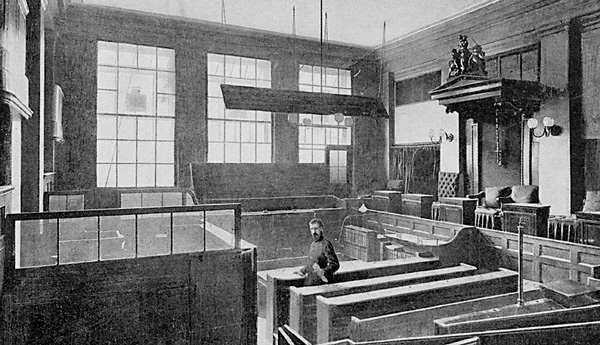At the time Bridget Driscoll stepped off the curb, there were a half-dozen, maybe a dozen cars on the streets of London. The one driven by James Edsall would have been both the first and last car Ms. Driscoll would see.
When it struck her, the impact knocked her down, striking her almost immediately dead.
At that time in London, there was a motoring expedition underway. There was also a meeting at the Crystal Palace, the Catholic League of the Cross. Driscoll had been in attendance at the Crystal Palaces with her daughter, May, and a friend.
Children today know enough to look both ways before crossing a road, even if they don’t do it every time. Also, cars today have more than 100 years of advancements with braking and handling.
In 1896, neither the people nor the cars were ready for avoidance.
Although it would not be the last, the 1896 accident was the first one involving an automobile ever.
Lead Up

London’s Crystal Palace 1854 | en.wikipedia.org
James Edsall had been driving the imported Roger-Benz for about three weeks around the Crystal Palace. They’d employed him to drive people around as part of their exhibition.
He’d spent some of that time cleaning and repairing the car so he knew the car pretty well inside and out. The car also operated smoothly, at least for a car of that time.
Edsall had two passengers onboard as part of the exhibition when the accident took place. They’d been around the terrace once and were about to go around again, as they approached three women.
As far as the passengers in the car could tell, Edsall had control of the car. There was no reason to believe he suffered impairment.
That Day

Bridget Driscoll | blesk.cz
A man who worked for the Crystal Palace as a laborer, John Wood, had posted notices to warn pedestrians about the presence of the cars. They’d gone up the afternoon of the incident, but like people do with most signs, they ignored them.
Also, the expedition organizers had asked the car owners to drive slowly on busy days. To that effect, Edsall insisted that he was going only four miles per hour, about half the car’s top speed, eight mph.
The cars all had warning systems, bells or horns, but Edsall used good old fashioned shouting to clear the way.
“Stand back,” he bellowed as he drove; rude, but effective.
He remembered seeing Driscoll with another woman, and that she carried an umbrella. As Edsall approached the women, the one woman appeared confused and stepped in front of his car.
By the time he hit the brakes, he’d already hit her, and she’d already hit the ground.
The Trial

19th Century London Courtroom | bbc.co.uk
Because a woman died, they had to have a trail. The jury for the trial was able to check out the scene of the accident, even watch the Roger-Benz in action.
They heard testimony from one of the passengers in Edsall’s car, the testimony of John Wood, Driscoll’s daughter, and of course, the testimony of James Edsall.
May Driscoll insisted that Edsall had been driving erratically when he hit her mother, that he’d issued no warning, but other testimonies refuted her claim.
The jury found no reason to believe Edsall had malicious intentions or that he was reckless in any way. They returned a verdict of accidental death. This was the first time in history the word “accident” appeared with the word “car.”
Neither James Edsall or Bridget Driscoll wanted history to remember them for the accident that unfolded that day. They were simply two people going about their respective business.
While Edsall may not have served time or paid for death he caused, one can imagine that he never recovered. Who could have?
Edsall’s employers, the Crystal Palace Company, paid for Driscoll’s funeral.
Sources: roadsafety.cardiff.gov.uk, theguardian.com, londonist.com
